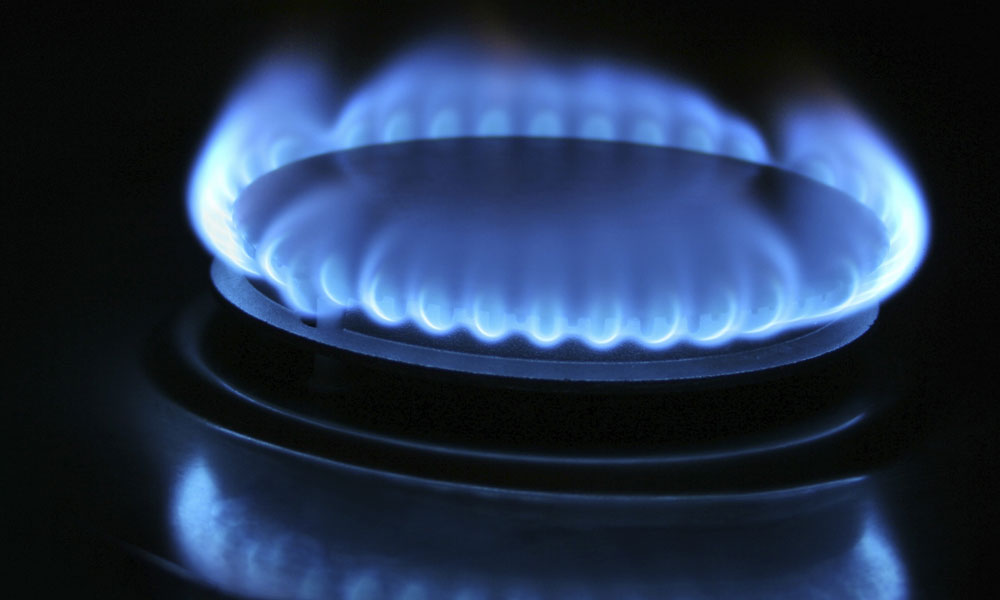
The Future of the Furnace: What’s Holding Up More Efficient Gas Heat?
While the Department of Energy and advocacy groups have been trying to improve the efficiency of natural gas-based heating devices, the changes come with complications for consumers, two major gas associations say.
The Department of Energy and advocacy groups have been trying to improve the efficiency of natural gas heating devices, but two major gas associations say the changes come with complications for consumers.
It’s been cold lately (blame the Polar Vortex), so let’s turn up the heat on furnace efficiency.
The debate over how to best regulate natural gas furnaces—which have traditionally been one of the biggest expenses for most homes and tend to waste a large amount of energy—has been going on for years, with a lawsuit holding back the U.S. Department of Energy’s latest effort to set standards.
The concern? The technology to improve heating might be cheaper in the long term, but it comes with a high upfront costs, two key industry groups say.
Efficiency Efforts
The current standard for furnaces, set by the National Appliance Energy Conservation Act of 1987, requires natural-gas-based furnaces to burn at least 78 percent of the energy they use.
The Department of Energy attempted to raise the level to 80 percent in 2008, but the Natural Resources Defense Council and others sued, arguing that the increase in efficiency was too modest and that modern technology could reach a higher level.
In 2011, encouraged by a number of industry players and advocacy groups, the agency issued a new proposal under which efficiency standards would vary regionally based on climate: Northern states were required to have a 90 percent efficiency level, Southern states an 80 percent level.
“Because heating needs vary across the nation, what is cost effective in Massachusetts may not be cost effective in Mississippi; the reverse is true for cooling,” the U.S. Energy Information Administration (EIA) explained in a blog post on the issue.
Energy Groups opposed
But the higher requirements, originally set to go into effect in 2013, drew opposition from the natural gas industry.
As The Kansas City Star reported, two associations that represent natural gas utility companies—the American Gas Association (AGA) and American Public Gas Association (APGA)—say that boosting minimum standards would require installing costly new furnace systems in homes. (The new 90 percent efficient furnaces cost between $600 and $800, including installation, according to the newspaper, but can generate a savings of $50 to $100 a year in fuel costs in addition to the inherent environmental benefits. )
The type of home can create additional installation challenges. “Switching from a noncondensing to condensing gas furnace often requires modifying the furnace ventilation at additional expense,” the EIA post explained. “In some cases, the switch may require retrofitting or abandoning a gas-fired water heater because the existing exhaust flue would be poorly sized for the existing water heater and new furnace.”
APGA told The Star that the cost of venting for the new furnaces in some older homes could be as high as $1,500 to $2,200.
One potential solution involved offering waivers to consumers who could not afford to replace their furnaces. While AGA appeared receptive to taking this softer approach, The Star reported, APGA pushed back, filing a lawsuit. The trade group says it would prefer that any new standard affect only furnaces for new homes.
The suit led the Department of Energy to go back to the rule-making drawing board.
Where the Potential Lies
Despite the setbacks, groups such as the NRDC and the Appliance Standards Awareness Project (ASAP) continue to push for a better efficiency standard for natural gas furnaces, pointing out that it could offer significant environmental benefits and long-term cost savings to consumers. But with the latest legal battle putting pressure on the process, there could be an extended wait for an updated standard.
“It’s a shame,” ASAP Executive Director Andrew deLaski told The Star. “This is going to end up taking 20 years, and that is ridiculous.”
(iStock/Thinkstock)






Comments